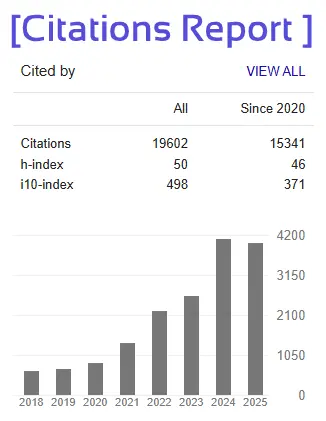Smart Diagnosis of Diabetic Retinopathy Using Deep Learning and Explainable AI
ERUGURALLA SATISH BABU1 ABDUL KHADER2 ARFA MAHEEN3 GANGULA RAJASHEKAR REDDY4 KATHERAPAKA PRATHIMALAHARI5
1Associate Professor, Department of CSE, Jyothishmathi institute of technology and science, Nustulapur, Karimnagar, T.S., India
2,3,4,5UG students, Department of CSE, Jyothishmathi institute of technology and science, Nustulapur, Karimnagar, T.S., India
satishbabu09@gmail.com, khader0519@gmail.com, arfamaheen21@gmail.com, gangularajashekarreddy66@gmail.com, katherapakaprathima689@gmail.com
ABSTRACT: The "Smart Diagnosis of Diabetic Retinopathy" project presents a deep learning–based automated system for the early detection and classification of diabetic retinopathy (DR), a leading cause of blindness in diabetic patients. The system utilizes EfficientNet-B5, a high-performing and computationally efficient convolutional neural network (CNN), to classify retinal fundus images into five clinically relevant stages: No DR, Mild, Moderate, Severe, and Proliferative DR. The model is trained on the APTOS 2019 Blindness Detection dataset consisting of over 3,500 annotated images and achieves a best validation accuracy of 72.17%. To enhance image quality and model performance, preprocessing techniques such as Contrast Limited Adaptive Histogram Equalization (CLAHE) and Retinex-based enhancement are applied to improve contrast and feature visibility in retinal scans.
A key component of this system is explainable AI integration, specifically Gradient-weighted Class Activation Mapping (Grad-CAM), which generates intuitive heatmaps highlighting regions of interest that influenced the model's prediction. This improves interpretability and supports clinical decision-making by offering visual transparency into the AI's diagnostic reasoning. The model outputs not only the predicted DR stage but also the associated confidence score. Additionally, the application includes heuristic-based validation to filter out non-fundus inputs, ensuring that only relevant medical images are processed.
The complete system is deployed using a Gradio-based interactive web interface hosted on Hugging Face Spaces, enabling real-time image upload, classification, and visualization. Designed for scalability and integration into telemedicine platforms, the solution is particularly suited for resource-limited settings, offering a cost-effective, non-invasive, and interpretable tool for early DR screening and long-term diabetic eye care management.
KEYWORDS: Diabetic Retinopathy (DR), Fundus Image Analysis, Deep Learning, EfficientNet-B5, Grad-CAM, Explainable AI (XAI), Medical Imaging, Smart Healthcare, Computer-Aided Diagnosis (CAD), Early Detection System, Convolutional Neural Networks (CNN), CLAHE (Contrast Limited Adaptive Histogram Equalization), Retinex Theory, Retinal Disease Detection, Gradio Web Interface







